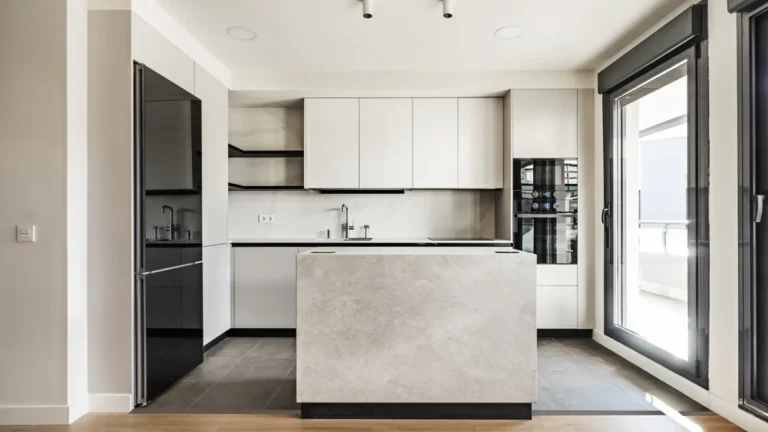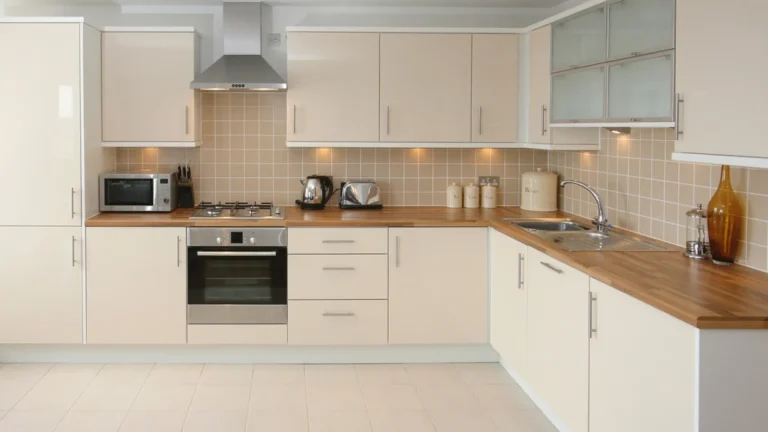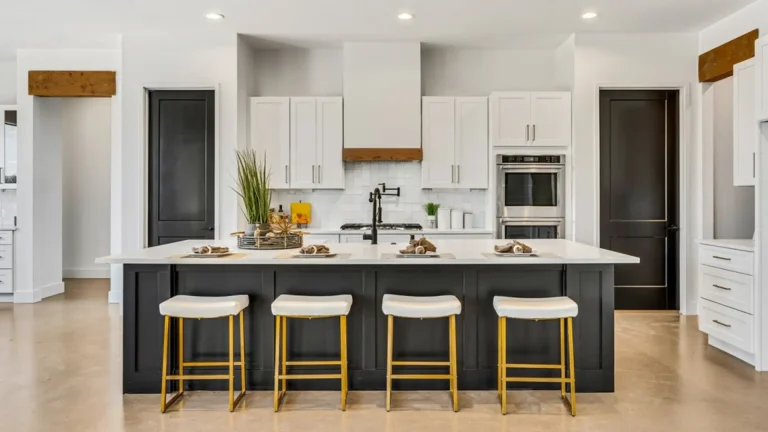Unlocking Your Dream Kitchen: A Comprehensive Guide on How to Finance a Kitchen Remodel

Embarking on a kitchen remodel can be an exciting journey towards creating the heart of your home exactly as you’ve envisioned it. However, alongside the excitement comes the challenge of financing the project. You might be thinking how to finance a kitchen remodel. Whether you’re dreaming of a modern, state-of-the-art kitchen or a cosy, traditional space, understanding how to finance a kitchen remodel is crucial.
This guide aims to navigate through the various financing options available, helping you make informed decisions that align with your budget and financial goals.
How to Budget for a Kitchen Remodel?
Budgeting effectively is the first step in transforming your kitchen without overextending your finances. Here’s how to approach it:
Calculate a Budget Based on Home Value
A good rule of thumb is to invest between 5% and 15% of your home’s total value into your kitchen remodel. This ensures that the investment is proportional to your property’s worth, preventing overcapitalization.
Allocate Your Budget to Each Remodeling Aspect
Break down your total budget by allocating specific portions to cabinetry, appliances, labour, and other areas. This helps in maintaining a balanced expenditure across all necessary updates.
Plan for Surprise Expenses
Always earmark at least 20% of your budget for unforeseen expenses. Remodeling can uncover unexpected issues like plumbing or electrical needs, which could inflate your budget.
Avoid Unnecessary Extra Expenses
While it’s tempting to opt for the highest-end options, consider where you can economize without compromising on quality or your vision for the space.
How to Pay for a Kitchen Remodel?
Financing a kitchen remodel requires careful consideration of your financial situation and the options available. Saving up and paying cash is ideal, but not always feasible. In such cases, financing becomes a viable path to achieving your dream kitchen without the immediate financial burden.
What Is a Kitchen Remodel Loan?
A kitchen remodel loan is specifically designed financing that provides you with the funds needed to undertake your kitchen renovation. Unlike general loans, these are often tailored to home improvement projects, offering terms and rates that align with the scope of your remodel.
Types of Kitchen Remodel Loans
Personal Loans
Unsecured loans from banks, credit unions, or online lenders that can be used for any purpose, including kitchen remodels. They typically don’t require collateral and offer fixed interest rates.
Home Equity Loans
Secured loans that borrow against the equity in your home, offering the advantage of lower interest rates compared to personal loans but with the risk of foreclosure if you fail to repay.
Home Equity Lines of Credit (HELOC)
Similar to home equity loans but function more like a credit card, providing a revolving line of credit based on your home’s equity.
How to Choose a Loan for Your Kitchen Remodel
Selecting the right loan involves comparing interest rates, repayment terms, and any additional fees. Consider your financial stability, how much you need to borrow, and your ability to repay the loan. Consulting with a financial advisor can also provide personalized guidance.
How To Get a Kitchen Remodel Loan: Complete Steps
- Assess your credit score and financial health.
- Determine how much you need to borrow.
- Gather necessary documentation, including income and employment information.
- Research and compare different lenders and loan options.
- Apply for the loan with your chosen lender, providing necessary documentation.
- Once approved, carefully review the loan agreement before accepting the terms.
- Complete the loan application process.
- Await approval and funding.
Other Kitchen Remodel Financing Options
Credit Cards
Suitable for smaller projects or as a short-term option if you can take advantage of low-interest rates or rewards programs.
Cash-Out Refinance
Involves refinancing your mortgage for more than you owe and using the difference for your remodel.
Government Programs
Some government loans or grants are available for home improvements, particularly if they enhance the home’s energy efficiency or accessibility.
Financing a Kitchen Remodel with a Personal Loan: Pros and Cons
Personal loans offer quick funding and don’t require home equity. However, interest rates may be higher, and the repayment period shorter, potentially leading to higher monthly payments. Weigh these factors against your financial situation and remodeling needs.
Pros
- Quick approval process.
- No collateral required.
- Fixed interest rates.
Cons
- Higher interest rates compared to secured loans.
- Loan amounts may be limited.
Best Kitchen Remodel Loans
Lenders like SoFi, Upgrade, Upstart, and LightStream are notable for their competitive rates, flexible terms, and ease of application. Each has its unique advantages, catering to a wide range of credit profiles and financing needs.
FAQs
Conclusion
Financing a kitchen remodel is a significant but manageable undertaking with the right planning and resources. By understanding your budget, evaluating all financing options, and choosing the best solution for your circumstances, you can achieve the kitchen of your dreams in a financially responsible manner. Remember, the key to a successful kitchen remodel is not just in the aesthetics and functionality but also in the wise management of your budget and financing options.






